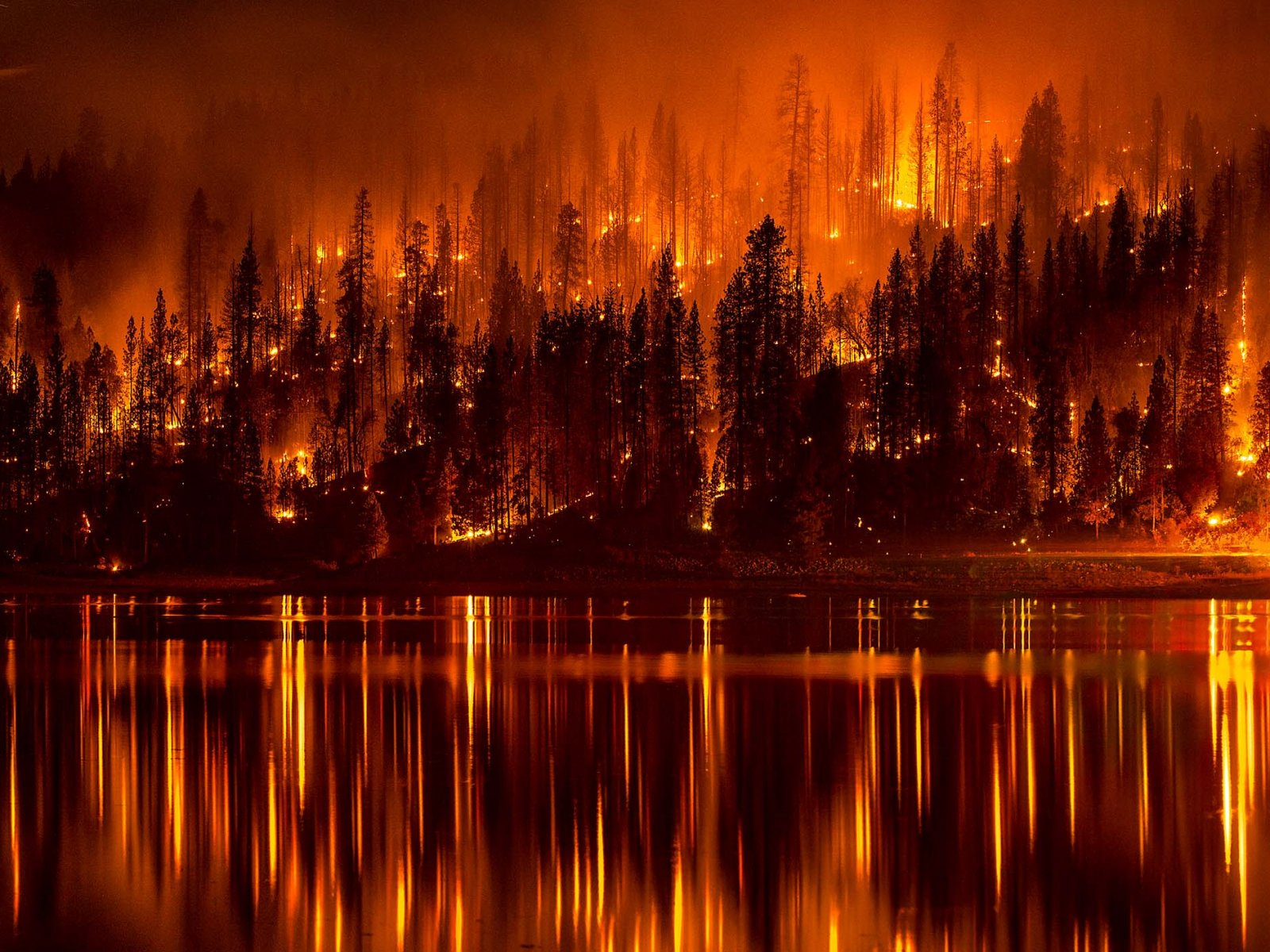
Forest fires are a vital and natural part of all western forests. The fires regenerate and balance countless biological processes. For example, some vegetation has been recorded as extinct in areas where fires were suppressed only to reappear after a fire!
The probability an average fire will grow to be a catastrophic fire is multiplied when forestlands are poorly managed. Most of the forests of the west today are young and overgrown. Hot, highly destructive fires feed on the excessive lower limbs, downed woody debris and the suppressed and dying trees of mostly young forests.
A labor-intensive program of thinning suppressed trees and lower limbs of standing trees combined with lopping and scattering the excessive woody debris lowers this dangerous fuel level. Lower fuel levels limit the opportunities for a normal fire to become a devouring dragon.
Thinning is central to the Restoration forestry we’ve been practicing since 1995. Thinning mimics many beneficial effects of mild fires and is a proven proactive solution to the growing fire catastrophies we have in the western United States. As our work grows over the years, we hope to make a significant contribution to fire hazard reduction in our neck of the woods.
To learn more about thinning, fire hazard reduction and basic restoration forestry practices that are applicable to forests anywhere, please visit our forest restoration page.





